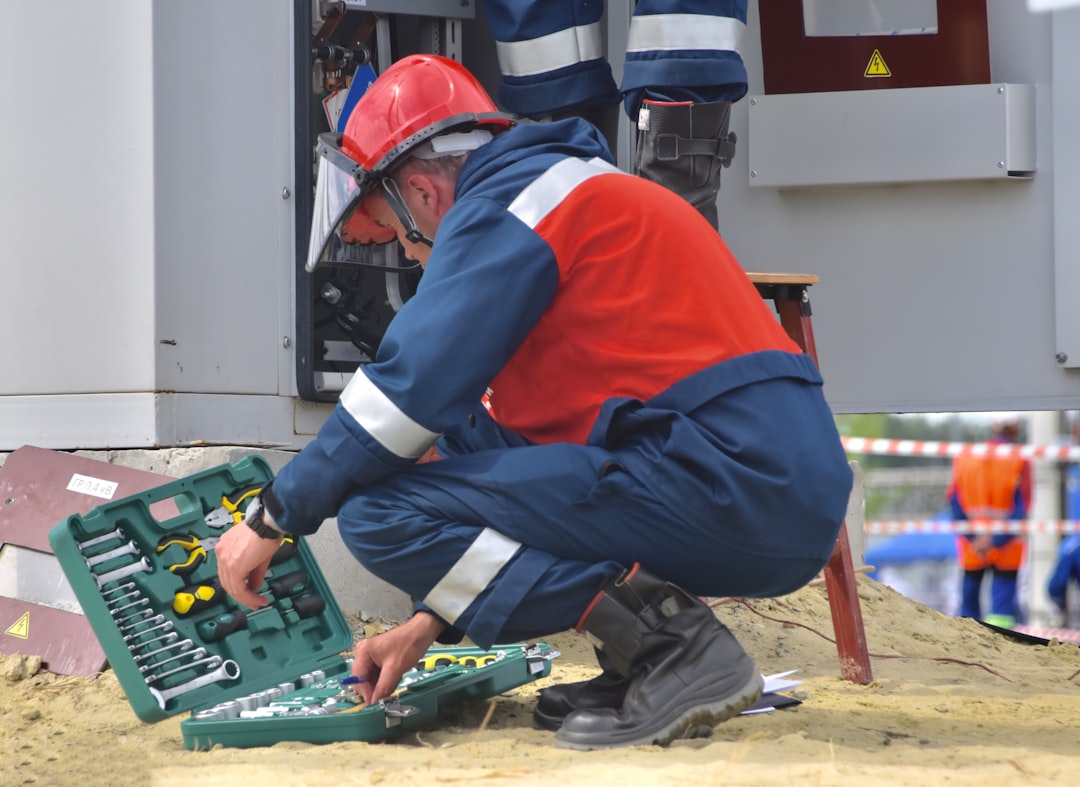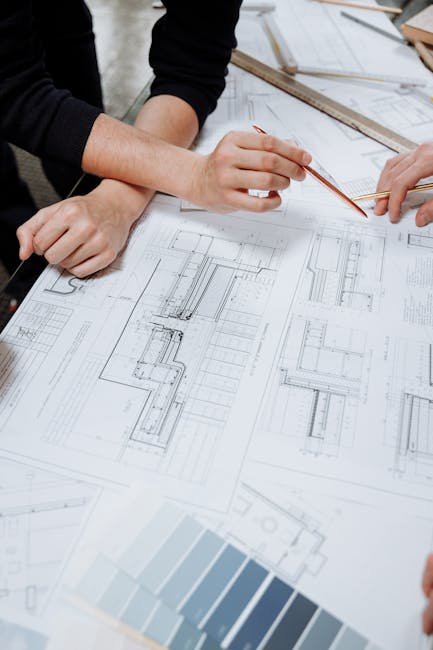 Effective Industrial Cooling and Ventilation Systems in Ohio
Effective Industrial Cooling and Ventilation Systems in Ohio
As the summer months approach, industrial facilities in Ohio face significant challenges in maintaining a comfortable and safe working environment. Industrial cooling and ventilation systems play a crucial role in regulating temperature, humidity, and air quality, ensuring the well-being of employees and the efficient operation of equipment. In this article, we will explore the importance of industrial cooling and ventilation systems in Ohio, their benefits, and the various options available.
Industrial facilities in Ohio often generate a substantial amount of heat from machinery, equipment, and processes. This heat can lead to increased temperatures, reduced air quality, and a higher risk of heat-related illnesses. Industrial cooling and ventilation systems are designed to mitigate these issues by providing a controlled environment that promotes productivity, safety, and energy efficiency. A well-designed system can also help to reduce energy costs, minimize downtime, and extend the lifespan of equipment.
Types of Industrial Cooling Systems
There are several types of industrial cooling systems commonly used in Ohio, each with its advantages and disadvantages. One popular option is the evaporative cooling system, which uses water to cool the air through evaporation. These systems are energy-efficient and cost-effective, making them an attractive solution for many industrial facilities. Another option is the air-cooled system, which uses fans to blow air over a heat exchanger to dissipate heat. This type of system is often used in facilities with limited water resources or where water conservation is a priority.
Ventilation Systems: The Key to Good Indoor Air Quality
Ventilation systems are a critical component of industrial cooling and ventilation systems in Ohio. These systems are designed to remove stale air, pollutants, and excess heat from facilities, replacing them with fresh air from outside. Proper ventilation is essential for maintaining good indoor air quality, reducing the risk of respiratory problems, and preventing the buildup of hazardous fumes. There are several types of ventilation systems available, including natural ventilation, mechanical ventilation, and hybrid ventilation systems.
Industrial Ventilation System Design Considerations
When designing an industrial ventilation system, several factors must be considered. First, the system’s airflow rate must be sufficient to remove pollutants and excess heat from the facility. The system’s ductwork and fans must also be properly sized to ensure efficient airflow. Additionally, the system should be designed to minimize energy consumption, reduce noise levels, and prevent the introduction of contaminants from outside. A well-designed ventilation system can also help to reduce the risk of explosions and fires in facilities handling hazardous materials.
Benefits of Industrial Cooling and Ventilation Systems
Industrial cooling and ventilation systems offer numerous benefits to facilities in Ohio. One of the most significant advantages is improved employee comfort and safety. By regulating temperature and air quality, these systems can reduce the risk of heat-related illnesses, respiratory problems, and other health issues. Industrial cooling and ventilation systems can also increase productivity, as employees are more comfortable and able to work more efficiently. Additionally, these systems can help to reduce energy costs, minimize downtime, and extend the lifespan of equipment.
Industrial Cooling and Ventilation System Maintenance
Regular maintenance is essential to ensure industrial cooling and ventilation systems operate efficiently and effectively. Facilities in Ohio should schedule regular inspections and maintenance tasks, such as cleaning filters, checking fan belts, and inspecting ductwork. This can help to prevent system failures, reduce energy consumption, and ensure compliance with regulatory requirements. A well-maintained system can also help to extend the lifespan of equipment and reduce the risk of costly repairs.
Industrial Cooling and Ventilation System Upgrades
In some cases, facilities in Ohio may need to upgrade their industrial cooling and ventilation systems to meet changing operational requirements or regulatory standards. When upgrading a system, it’s essential to consider factors such as energy efficiency, cost-effectiveness, and compatibility with existing equipment. Facilities should also consider consulting with a qualified engineer or ventilation expert to ensure the upgraded system meets their specific needs and complies with relevant regulations.
Best Practices for Industrial Cooling and Ventilation Systems
To get the most out of industrial cooling and ventilation systems in Ohio, facilities should follow best practices for system design, operation, and maintenance. This includes ensuring the system is properly sized for the facility, using energy-efficient equipment, and scheduling regular maintenance tasks. Facilities should also consider implementing controls and monitoring systems to optimize system performance and detect potential issues before they become major problems.
Future Trends in Industrial Cooling and Ventilation Systems
The industrial cooling and ventilation industry is continually evolving, with new technologies and innovations emerging regularly. One trend is the increasing use of energy-efficient and sustainable solutions, such as solar-powered ventilation systems and evaporative cooling systems. Another trend is the integration of industrial cooling and ventilation systems with building management systems (BMS) and other control systems, allowing for real-time monitoring and optimization of system performance. As technology continues to advance, facilities in Ohio can expect to see even more efficient, cost-effective, and sustainable solutions for industrial cooling and ventilation.
Ohio Regulations and Standards
Facilities in Ohio must comply with various regulations and standards related to industrial cooling and ventilation systems. The Ohio Occupational Safety and Health Administration (OSHA) sets standards for workplace safety, including indoor air quality and heat-related illnesses. The Ohio Environmental Protection Agency (OEPA) also regulates industrial facilities to ensure compliance with environmental standards. Facilities must ensure their industrial cooling and ventilation systems meet these regulatory requirements to avoid fines, penalties, and reputational damage.
Optimizing Industrial Cooling and Ventilation Systems
To optimize industrial cooling and ventilation systems in Ohio, facilities should consider conducting regular energy audits and system assessments. This can help to identify areas for improvement, such as energy-wasting equipment or inefficient system design. Facilities should also consider implementing controls and monitoring systems to track system performance and detect potential issues before they become major problems. By optimizing their industrial cooling and ventilation systems, facilities can reduce energy costs, improve employee comfort and safety, and extend the lifespan of equipment.
System Integration and Controls
Industrial cooling and ventilation systems can be integrated with other building systems, such as HVAC, lighting, and BMS, to optimize performance and efficiency. This integration can be achieved through the use of controls and monitoring systems, which allow facilities to track system performance, detect potential issues, and make adjustments in real-time. By integrating industrial cooling and ventilation systems with other building systems, facilities can improve energy efficiency, reduce costs, and enhance overall system performance.
Challenges and Opportunities
Industrial cooling and ventilation systems in Ohio face several challenges, including increasing energy costs, regulatory requirements, and the need for improved employee comfort and safety. However, these challenges also present opportunities for facilities to upgrade their systems, adopt new technologies, and improve overall performance. By embracing these opportunities, facilities can reduce energy costs, improve employee comfort and safety, and enhance their competitiveness in the marketplace.
Lessons Learned About
If You Read One Article About , Read This One


 A/c Repair: Maintaining Your Cool When It Counts
A/c Repair: Maintaining Your Cool When It Counts Choosing the Right Roofing Company for Your Home
Choosing the Right Roofing Company for Your Home